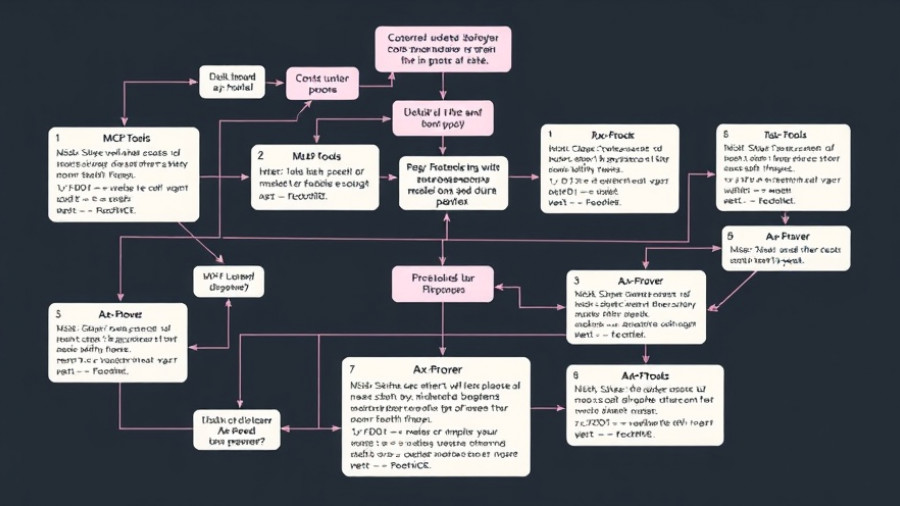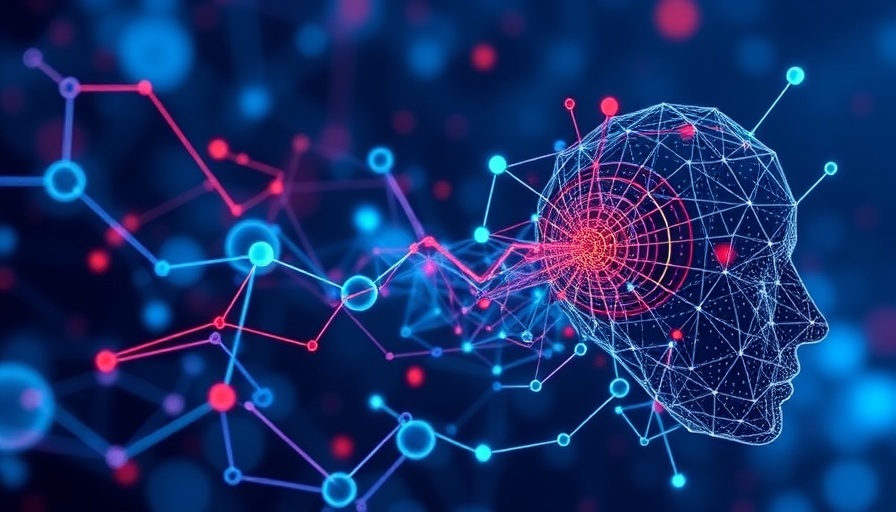
Revolutionizing AI Development: An Inside Look at iMerit's Ango Hub DRL
In the ever-evolving landscape of artificial intelligence, innovation is synonymous with adaptation and efficiency. iMerit, a frontrunner in AI data solutions, has unveiled a groundbreaking platform: the Ango Hub Deep Reasoning Lab (DRL). This significant advancement aims to enhance Generative AI capabilities through a unique blend of real-time reasoning and human collaboration.
The Heart of Ango Hub: Deep Reasoning Made Accessible
At the core of Ango Hub DRL is its capability for deep reasoning via a continuous interaction model. Designed for AI developers and experts alike, this platform allows users to engage directly with Generative AI, facilitating a turn-by-turn process for refining model responses to complex problems.
As Jeff Mills, President of iMerit, explains, the platform leverages a network of AI experts, known as iMerit Scholars, who create domain-specific, validated data to test and improve AI models. This approach emphasizes the need for clean, expert-created data, which is crucial for both training effective AI systems and enhancing their real-world application capabilities.
Human-Centric AI Collaboration: Emphasizing the Human-In-The-Loop Model
One distinguishing feature of Ango Hub DRL is its human-in-the-loop architecture. This model ensures that AI development remains anchored in human oversight, integrating expert knowledge throughout the AI lifecycle. iMerit’s use of feedback loops is particularly noteworthy; experts can design multi-step scenarios for intricate tasks, capturing interactions that serve to refine and correct AI behavior in real-time.
Lorenzo Gravina, Senior Product Manager at iMerit, highlights the importance of intuitive tools that eliminate technical distractions for its Scholars. The focus here is on creating and evaluating prompts, aligning with the contemporary trend of integrating human insight into AI workflows to enhance sophistication and accuracy.
Transforming Complex Problem-Solving with Chain-of-Thought Reasoning
The ability of Ango Hub DRL to facilitate chain-of-thought reasoning is imperative for tackling multifaceted challenges requiring interactive problem-solving approaches. By allowing experts to generate prompts and provide corrections through a unified interface, the platform not only enhances learning for AI but also empowers experts to refine their inputs effectively.
Such capabilities are vital in sectors where AI applications must meet rigorous performance standards, including healthcare and autonomous mobility. As organizations seek to accelerate deployment, tools like Ango Hub DRL provide the necessary framework to adapt AI models rapidly and effectively.
Looking Ahead: Implications for Future AI Applications
As we step into an era increasingly defined by AI, platforms like Ango Hub DRL are essential for driving innovation. The heavy emphasis on human oversight is not just a technical feature but a philosophical shift—a recognition that human intuition and expertise are irreplaceable in fine-tuning AI systems.
Radha Basu, CEO of iMerit, states, "As Generative AI evolves, our architectures must allow for human oversight at critical touchpoints." This sentiment encapsulates the future trajectory of AI development, where integrating human insight will be paramount to achieve significant advancements and address ethical considerations.
Conclusion: Why Understanding Deep Reasoning AI Matters
For enthusiasts and professionals keen on understanding deep reasoning AI, events like iMerit's introduction of the Ango Hub DRL present a pivotal learning opportunity. This platform not only illustrates technological progress but also emphasizes the critical interplay between AI and human input, paving the way for more advanced, responsible, and ethical AI applications.
As we venture further into a world where AI continues to play a larger role in various domains, grasping the dynamics of deep reasoning AI will be essential for making informed decisions and fostering innovation. Explore what Ango Hub has to offer and consider how these cutting-edge tools could transform your understanding and application of AI today.
 Add Row
Add Row  Add
Add 




Write A Comment